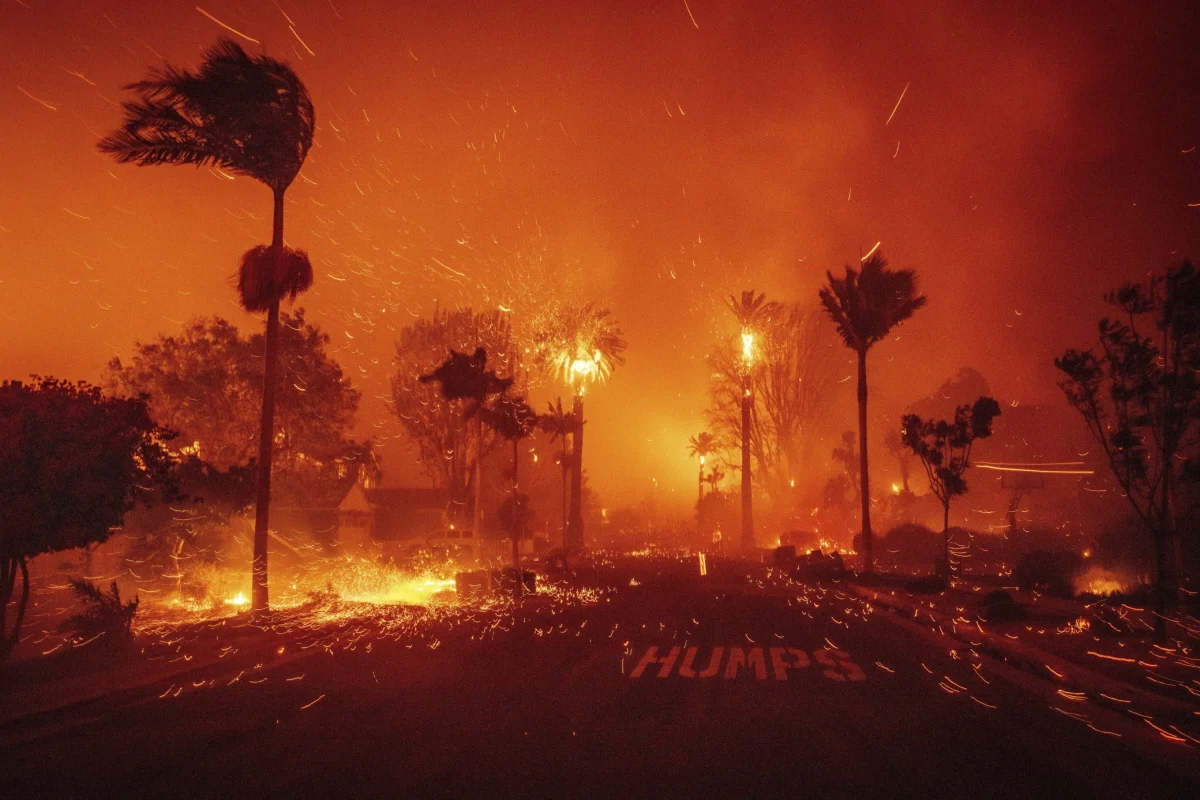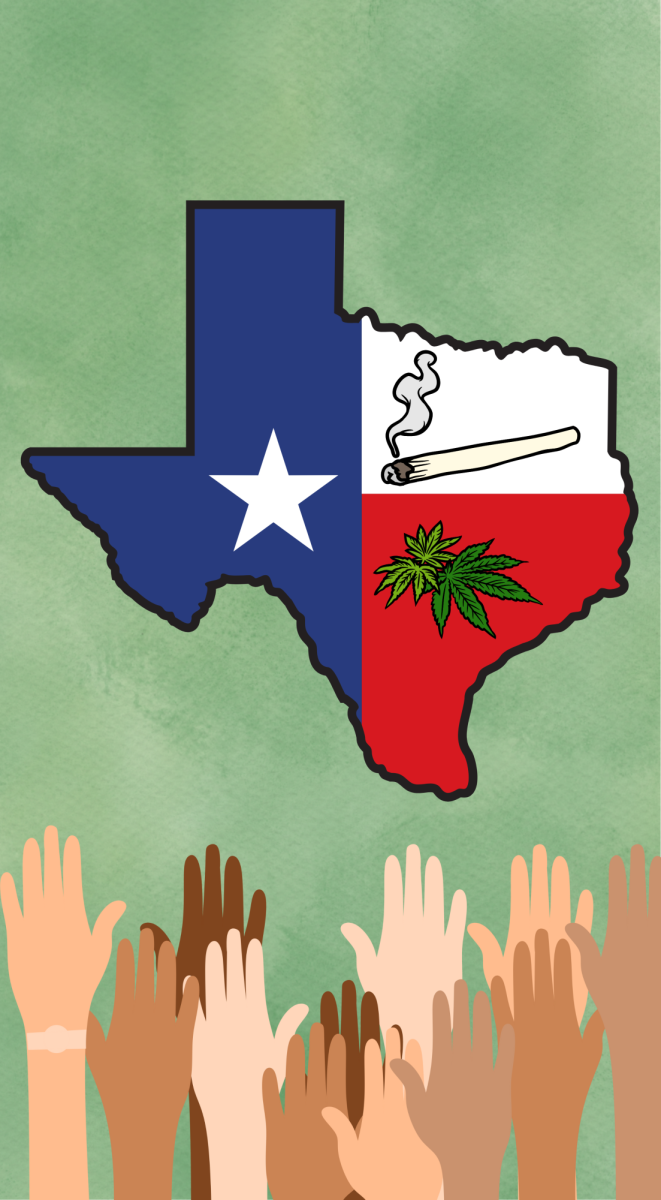Dallas Fire-Rescue deployed a team to assist with ongoing fire response efforts in Los Angeles County on Jan. 11 as Southern California continues to be desolated with a series of wildfires being heightened by strong winds and severely low humidity.
The team consists of a Type 3 fire engine, which is designed specially to fight wildfires and handle off-road terrains. The fire engine is staffed by four wildland firefighters and two medics to help provide much-needed medical support for various fire crews as they fight “unprecedented” blazes in one of the most populated areas of the country.
The fire department is part of a larger strike team made up of crews from Plano, Frisco, McKinney, Allen, and other cities in North Texas who sent their fire personnel to Los Angeles following an order from Gov. Greg Abbott. The governor deployed 135 firefighters and EMTs along with 45 emergency response vehicles for 14 days with the possibility of a need-based extension.
In a press statement on the day of deployment, Abbott said, “Our hearts grieve with the entire Los Angeles community as they continue to respond to these destructive wildfires. Texans know all too well the devastation wildfires can cause to our communities, and our country is stronger when we come together in times of crisis.”
At press time, four wildfires were spreading across Los Angeles County and have laid waste to more than 40,000 acres of land, causing billions of dollars in property damages and leaving many residents homeless, displaced, and devoid of the assets they spent years earning. The two largest fires, the Palisades and Eaton fires, continued to sandwich the county from east and west as officials issued more than 100,000 evacuation orders for residents living in potential risk areas.
Although wildfires have become more common in California due to an increasingly hotter climate, several factors have turned the current outbreak into “one of the most significant in history,” according to National Weather Service meteorologist Ariel Cohen. This is due primarily to the severely dry conditions in the state, which is causing trees to combust and catch fires more readily than usual, along with the extremely powerful Santa Ana winds that come in during the cooler months and have hit 80-100 miles per hour in many parts of California.
Texas is one of several states that have sent strike teams to Los Angeles County to help battle the raging flames as they continue to spread through the area. The deployments are a part of the Emergency Management Assistance Compact, a national aid program that allows states to share resources in response to both natural and man-made disasters.








